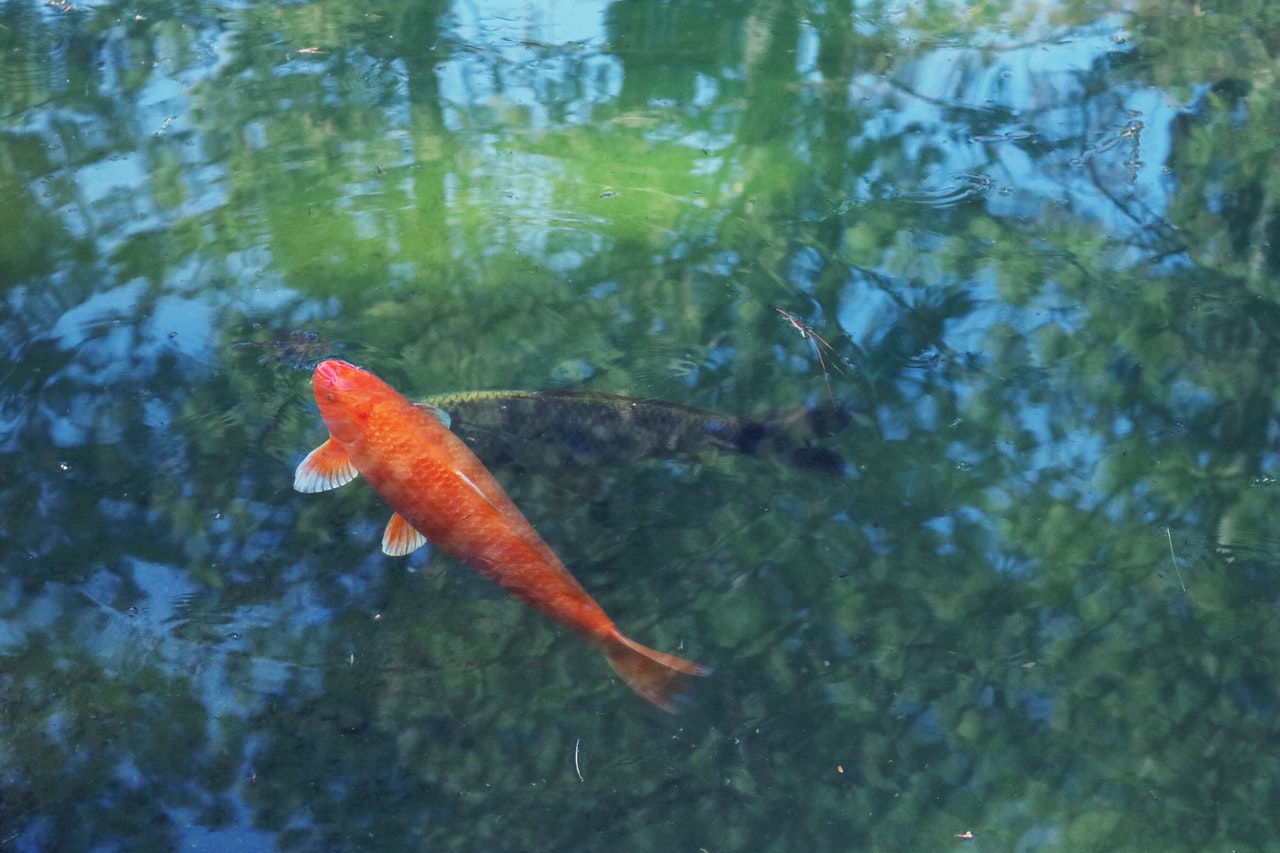Fish stocking is an incredibly rewarding practice for anglers and property managers across the country. One of the most vital aspects of this practice is finding a fish stocking company with the expertise required to exceed your needs. They should fully understand the right time to stock fish, the best kinds of fish to stock and how many you should place in your lake or pond.
The professionals at AEC have the experience and know-how to stock ponds and lakes of any size. Read on to learn more about our pond fish stocking services, which can help you keep your pond or lake appealing and healthy for years to come.
Common Fish Species That We Stock
If you need fish for stocking your lake or pond, AEC offers a wide selection of game fish for sale. We specialize in providing large quantities of game fish for sale at wholesale prices. Choose from a wide assortment of fingerlings for popular species including:
- Largemouth bass — These fish are excellent predators, making them an ideal choice for stocking ponds with an overabundance of smaller prey fish. As fingerlings, largemouth bass dine on microscopic organisms but also adapt to a diet of larger species, such as crayfish, as they mature.
- Smallmouth bass — Unlike their largemouth counterparts, smallmouth bass are not necessarily ideal fish for stocking ponds, as they tend to prefer larger lakes, rivers and streams. However, smallmouth bass do well in deeper pit ponds containing sand or gravel.
- Walleye —Walleye are an excellent predator fish for stocking in larger lakes. They are great for managing over populations of yellow perch, but it is often not the best fish for stocking ponds.
- Bluegill — The bluegill thrives in warmer, heavily vegetated areas of lakes or ponds, and they also serve as an excellent food source for largemouth bass. Mature bluegill can reproduce in great numbers. Bluegills will feed on insects and small fish.
- Crappie — Crappies are a suitable fish for stocking larger ponds and lakes that are frequented by fishermen. They also can help to control the sunfish and bluegill population in your pond.
- Perch — Like the bluegill, perch species, such as the yellow perch, do well in warmer, heavily vegetated water and tend to prefer the same food sources.
- Baitfish — Minnows and shiners are excellent fish for stocking ponds, and they reproduce in great numbers. By also stocking your pond with largemouth bass, you can help keep your minnow population under control.
Common Pond Fish Stocking Questions
Are you considering stocking your pond? If so, you probably have several questions about the types of fish you should stock and how to have a successful experience. At AEC, some of the most common questions we receive from customers about fish stocking include the following.
When Is the Best Time for Pond Fish Stocking?
The majority of our stocking occurs in autumn when the weather conditions are optimal for fish survival. Ideally, pond fish stocking should take place when the water temperature is more than 45 degrees but does not exceed 60 degrees. The aquatic biologists at AEC can assist you with the entire lake and pond fish stocking process!
Which Species Is Right for My Pond?
You’ll want to have a proper ratio of predator fish to prey fish. Experts recommend balancing your pond by stocking three prey fish for every one predator — although the total number of fish in your pond will depend on the pond’s size. If you maintain this ratio, your predators should have enough fish to feed on, while the prey can still adequately grow in population.
You’ll also want to consider your pond’s location and its year-round average temperatures. Southern areas are most suited for warm-water fish like bluegill, channel catfish and largemouth bass. Colder regions can support trout, which require cool temperatures and higher oxygen levels.
How Can I Acclimate Fish to My Pond?
The chemistry and temperature of shipping water are usually far different from those of the water in your pond or lake. As a result, you’ll need to adjust your new fish to your water before you release them. You can do so using one of two methods:
- Place the transportation bag — with the fish still inside — in a quiet, shady area of your pond. Leave the fish alone for about 20 minutes, then open the bag and let them swim freely.
- Gradually mix small amounts of your pond water into the shipping container over 30 minutes. You can then lower it into the water and let the fish swim freely.
Whichever method you choose, be sure to acclimate your fish slowly. Don’t pour them out of the bag, but rather, open the bag at the appropriate time and let them swim out on their own.
How Can I Maintain a Healthy Pond Fish Population?
After you stock fish in your lake, you’ll want to take several measures to maintain their health:
- Add an aeration system to your pond to keep the water well-oxygenated and decrease the risk of harmful toxic gases.
- Catch and inspect some of your fish every season to make sure they have a healthy weight, color and size.
- Contact the fish management professionals at AEC for regular detailed surveys of your fish species.,
Contact AEC, a Leading Pond Fish Stocking Company
Whether you’re stocking your pond for the first time or have experience stocking dozens of lakes as a homeowners’ association or country club, your success depends largely on the company you choose. At AEC, we offer high-quality pond fish stocking services backed by more than 30 years of expertise. We’ll strive to meet and exceed your every goal as we stock and maintain your ideal fish population. Request your consultation online or call 717-264-9778 to learn more.


